Table Of Content
- Interviewing an Inexperienced Agile Coach
- Scrum Has a Duality
- Focus on Refinement
- Single-Team and Multi-Team Refinements
- The Role of Self-Organization in Coordination
- Intermittent Anxiety
- Tactical and Strategic Agility
- Make Your Choice Between Single Team and Multi Team Refining
- Choose the Fit for Your Needs
Continuously improving the product backlog is an integral part of the Scrum methodology. However, backlog refinement is even more essential in a scaled Scrum environment because of the enormous increase in complexity. Here, I’ll show you how to make the most of refinement and boost your company’s agility.
Interviewing an Inexperienced Agile Coach
A while back, I had a conversation with an Agile Coach who was going to co-launch a product group with me. We were about to begin the kick-off events one week prior to the first Sprint. In the Product Group, multiple Scrum Teams were engaged in the development of a single product.
As a first step, I wanted to know which event or action the Agile Coach would like to perfect, so I inquired. Could it be Daily Scrum, Sprint Planning, or something else entirely? After some consideration, he said that it was Sprint Planning. Since Sprint Planning is the initial event of every Sprint, the response is reasonable. Is the solution really so simple, really?
Scrum Has a Duality
Scrum is composed of two parts and has a dual character. People, groups, responsibilities, and connections make up the Product Organisation, the first of these. The Value Stream, the second one, is the progression of assumptions (requirements) to the “Done” increment. In order to construct an appropriate Scrum implementation, it is critical to give careful consideration to both entities.
Focus on Refinement
Prior to entering the Sprint, Product Backlog Items undergo refinement to decrease their variability. When it comes to the negative influence on cycle time, the Law of Variability shows that variability is worst at the beginning of a multi-stage system with queues. Rapid prototyping is a multi-step process. The likelihood of achieving the Sprint Goal and the number of “surprises” experienced by the Development Team during a Sprint are both enhanced when Product Backlog Items are prepared.
First and foremost, I think you should pay attention to the Product Backlog Refinement (PBR). A scaled Scrum cannot function without adequate refinement. Prior to the first Sprint, the first round of refinement should take place. In preparation for the Sprint Planning inspection, it forms the Product Backlog.
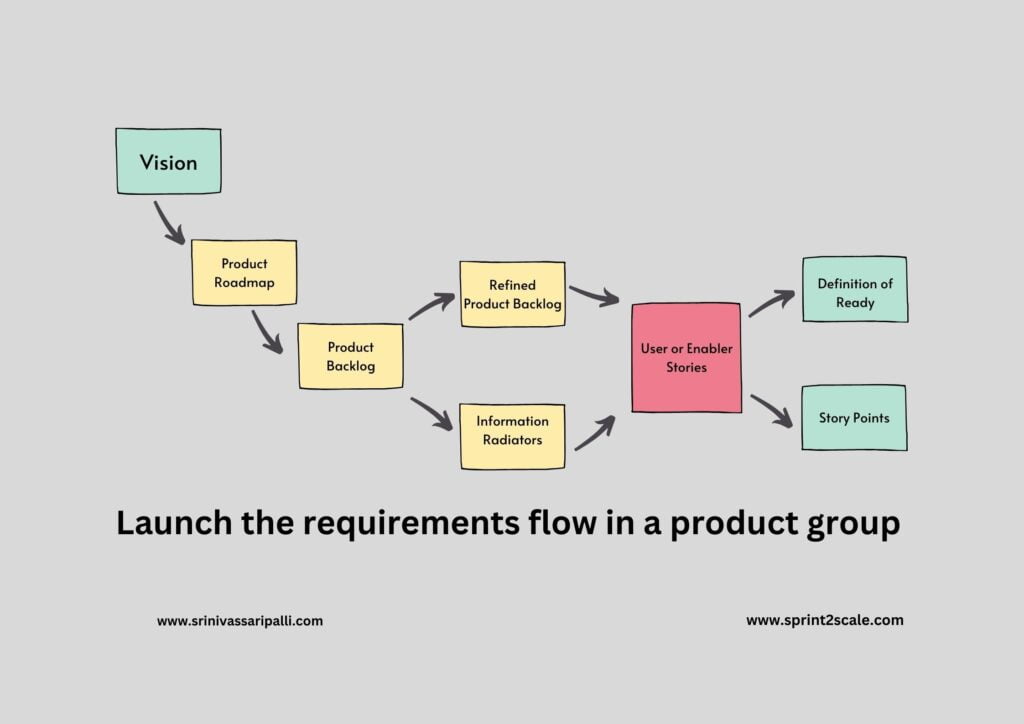
But what most Scrum practitioners don’t realise is that Refinement is the tool that can make the product group more agile. We should go at that claim thoroughly.
Single-Team and Multi-Team Refinements
In scaled, Scrum teams are working on the same product.
The same product is frequently collaborated upon by more than one Scrum Team. The upcoming product work is described in the One Product Backlog (Scrum Guide).
Scaled environments often employ one of two Refinement formats: Single-Team or Multi-Team. Only a small number of Development Teams are invited to the Single-Team Refinement event. Two or more development teams, in conjunction with stakeholders and end-users, work together on the Product Backlog’s details in a Multi-Team Refinement. The product group reaps multiple benefits from Multi-Team Refinement:
- Facilitates teamwork in Sprint
- Fastens reaction times in both short and long term plans.
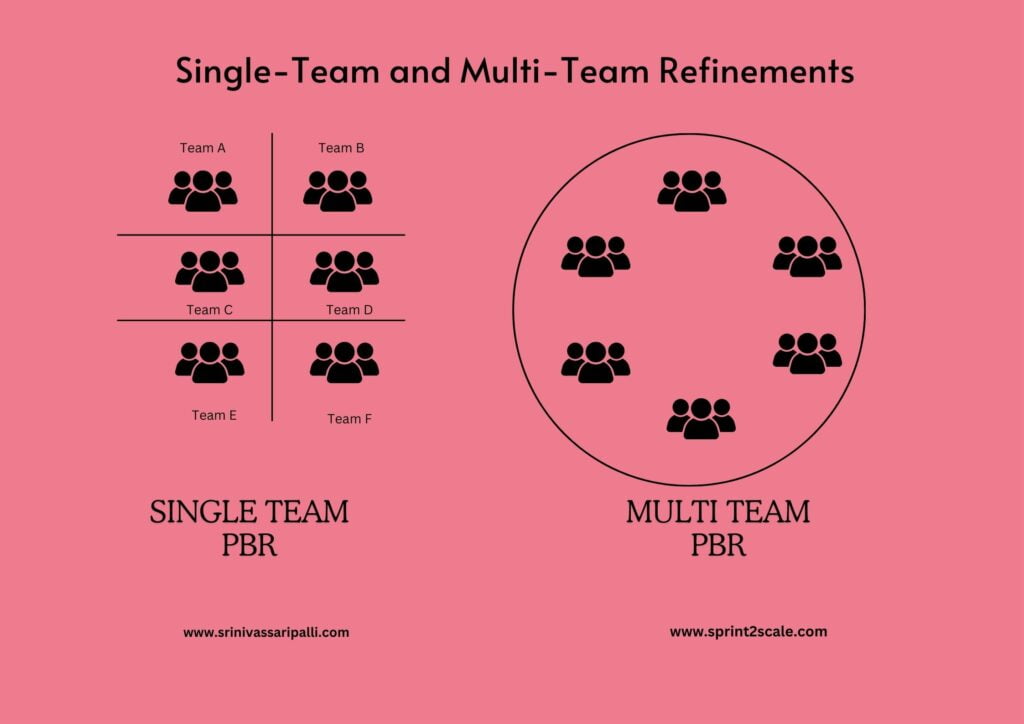
The Role of Self-Organization in Coordination
More teams have a common understanding of the product as a whole and of the Product Backlog items when they work together on them. A group of Product Backlog Items (PBIs) is understood by two or more groups. Because of this, teams are always aware of what’s happening “around the corner,” and they have no trouble coordinating their own efforts and dealing with dependencies. Coordinating events no longer requires devoted coordinators or tedious meetings. Emerging coordination based on self-organization is made possible by Multi-Team Refinement.
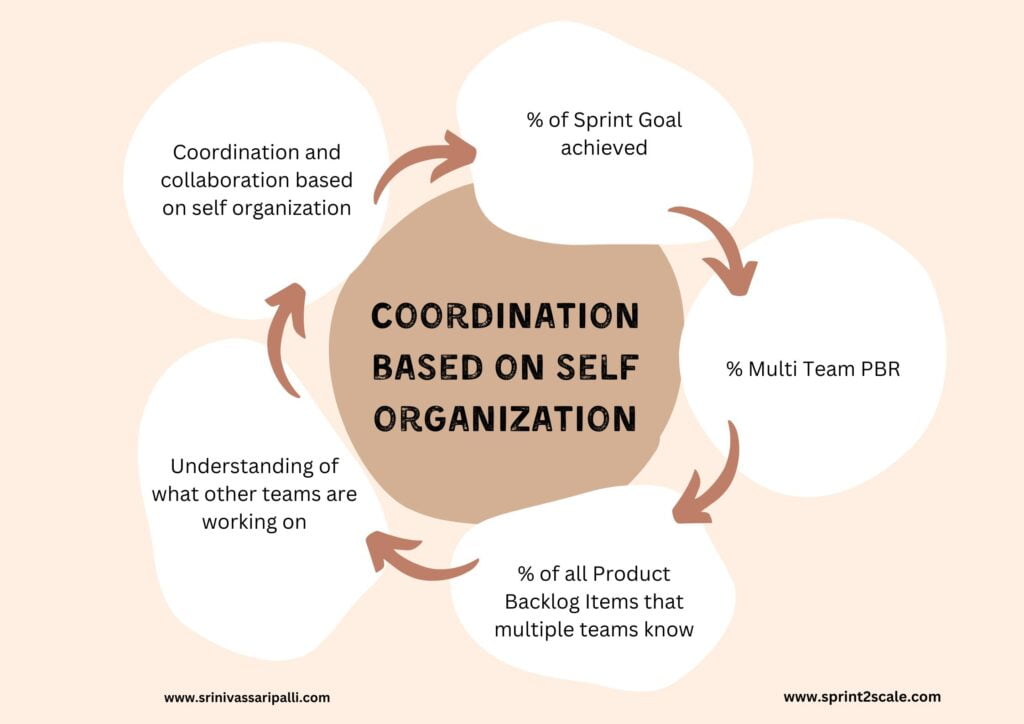
Intermittent Anxiety
One thing I’ve learned from teaching is that teams can be resistant to Multi-Team Refinements. The knowledge gap is one of several reasons, but it is the most important one. A culture of specialised specialists develops in teams that have been operating in product silos for an extended period of time. Breaking out of their comfort zones is something that developers dread. Furthermore, working directly with consumers and end-users could be a stressful experience in and of itself. Be careful when using Multi-Team Refinement. Perhaps inviting 6-8 teams right away isn’t the best move. The scope of your products might be broadened over time.
Tactical and Strategic Agility
Tactical and strategic agility are both affected by Multi-Team Refinement. What I mean by “tactical agility” is that teams should be able to decide on things to work on as late as feasible. What I mean by “strategic agility” is the degree to which a product group can back its Product Owner through major changes in product development. Changes in technology or other market-altering occurrences might cause such to occur.
Make Your Choice Between Single Team and Multi Team Refining
Up to six teams have been refined in a single room with my help. After two or three hours of these sessions, each team had four to eight “ready” features to choose from for the next Sprint. Certainly, Multi-Team Refinement offers significant advantages; yet, based on my experience, it is necessary to devise your own blend of Single-Team and Multi-Team Refinements. Imagine it as a spectrum where you can select an option between two extremes: Humble Agility, which restricts your refinements to single-team play, and Radical Agility, which requires you to use refinements from all teams simultaneously.
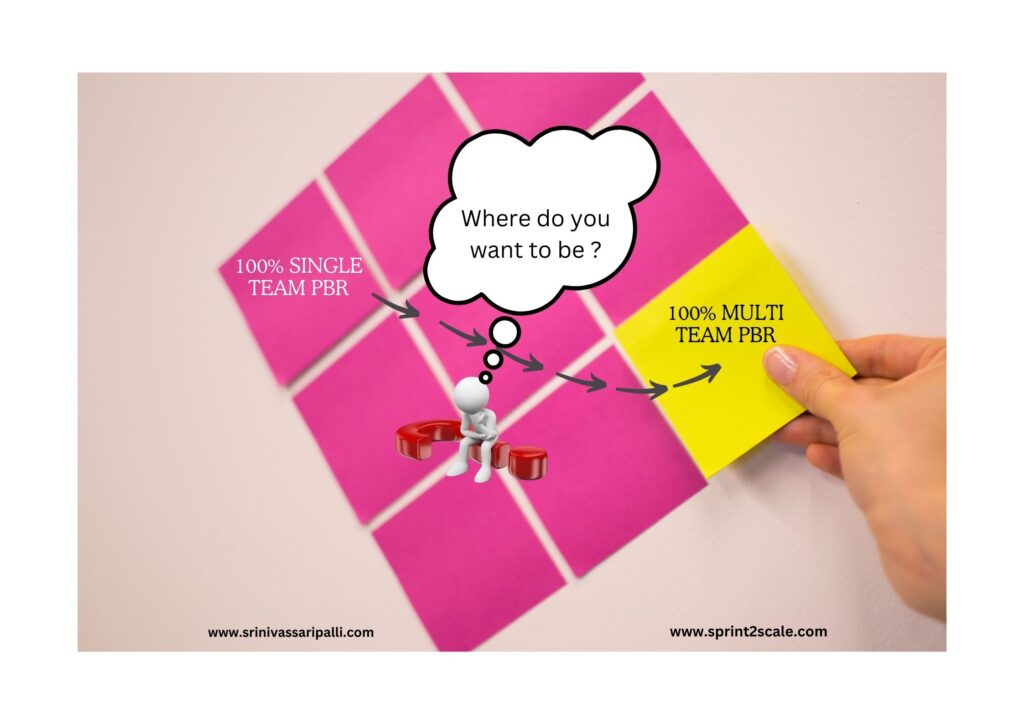
Choose the Fit for Your Needs
We looked into ways to make a scaled Scrum with Refinement more agile in this article. Selecting the optimal mix of product group-beneficial Single-Team and Multi-Team events is the last step. I trust you found this essay to be of some benefit.
Related Read: Embracing Agile: Agile Is More Than Sprinting

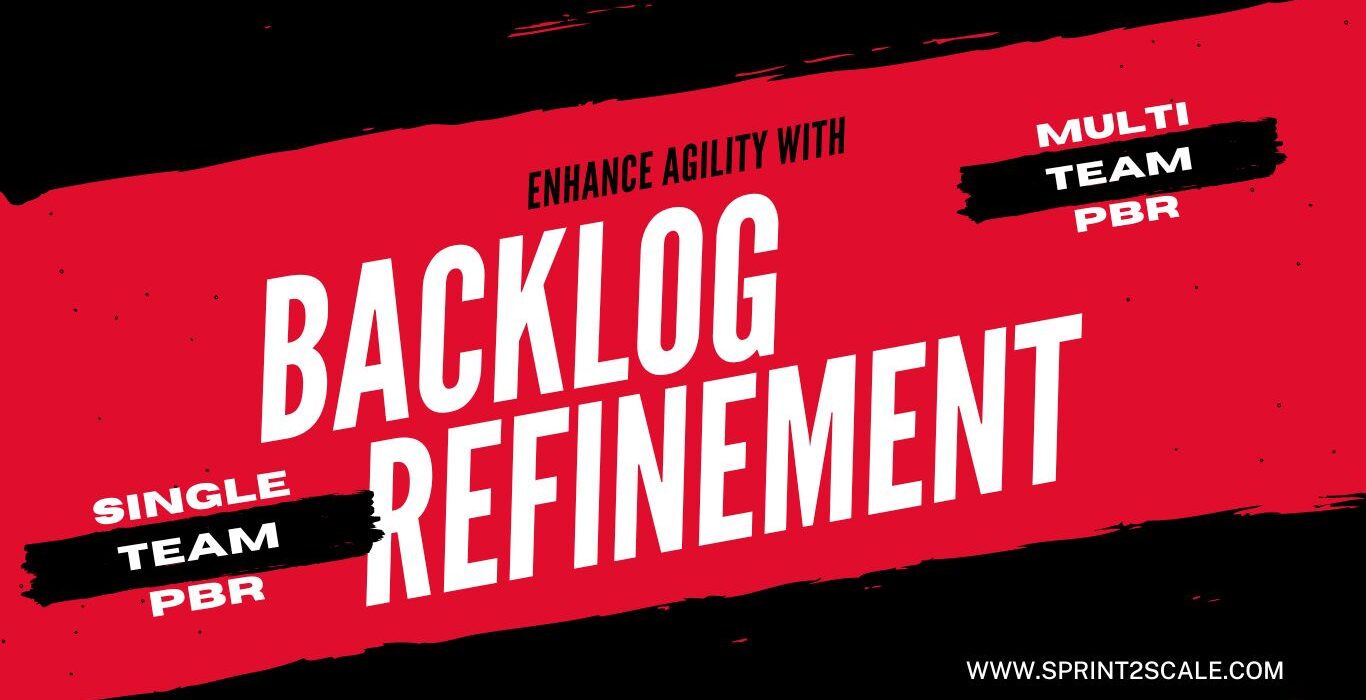



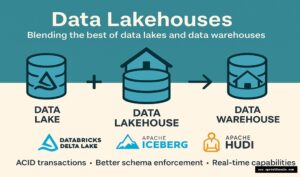
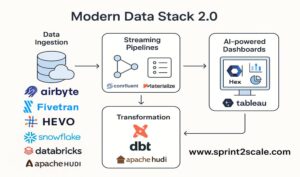
No Comment! Be the first one.